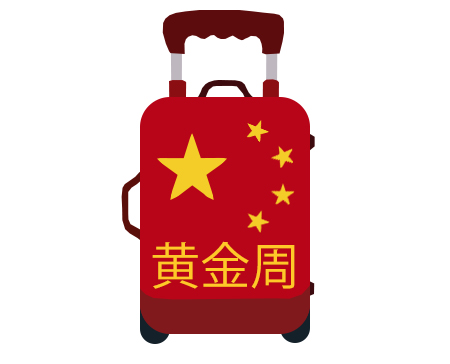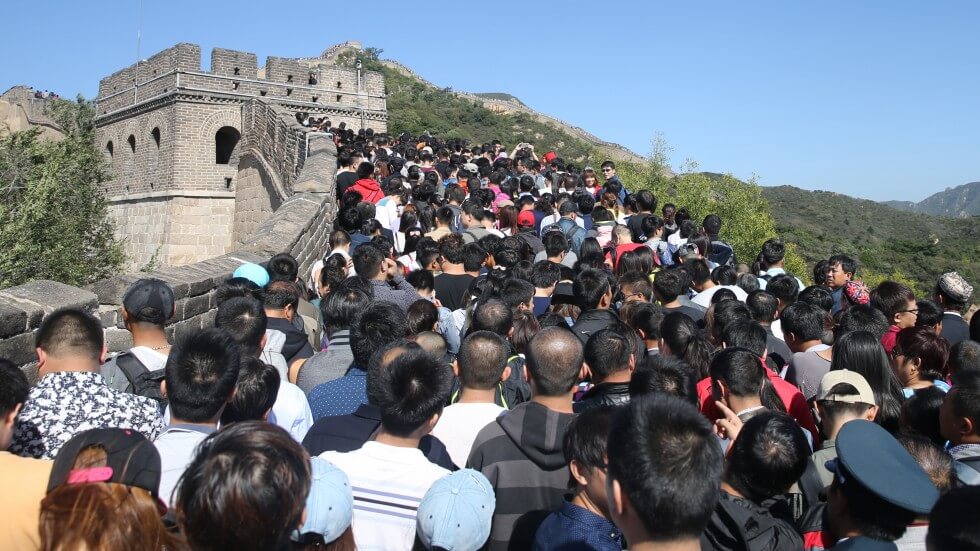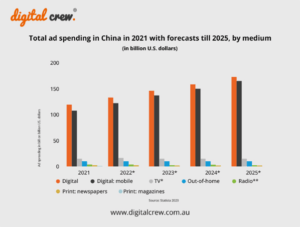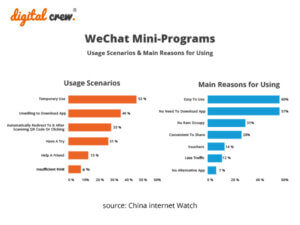Mobile Payments In China Escalated Overseas During The Weeklong Chinese Holiday
The Golden Week holiday is a seven-day national holiday in China, and there are typically two of these a year. The most recent one just came to an end, and adding up the post-holiday figures, Golden Week proved an excellent one for Alipay, who reported some big new numbers for Chinese travellers spending overseas with the week off.

Over the last 15 years, mobile payments in China have grown into a $16 trillion market dominated by China’s two biggest tech giants – Tencent and Alibaba.
Tencent and Alibaba’s competing mobile payment apps – WeChat Pay and AliPay, respectively – are used by just about everyone in China, from fancy restaurants and high-end designer boutiques down to street vendors, taxi drivers, and even pan-handlers.
The mobile payments infrastructure in China will only keep experiencing a spike upwards because:

- Mobile payments are as common as possessing a mobile in India. Everybody has it right from the vegetable vendors to top businessmen
- Paying by phone became popular in China in part because credit cards never gained the popularity they see elsewhere in the world, and because the infrastructure for mobile payments was already in place
- Phone-scannable QR codes also mean that anyone can become a merchant, since you don’t need any hardware like a card or chip readers

There were some positively massive increases in overseas spending, in fact, with Alipay reporting that the Sydney Airport in Australia saw spending levels through Alipay that were 55 times higher than last year. In Osaka’s Dotonbori zone, the Alipay spending was up fully 70 times over last year. Just to top it off, the UK’s Bicester Village outlet shopping centre in the UK saw levels climb to 90 times the previous year’s figures.
Tencent did not release detailed data related to the holiday, but it reported some spending trends through its mobile payment service. The company noted that 52 percent of WeChat Pay transactions during the holiday were at duty-free shops.
Those were just some of the high points; while other locations didn’t see such pronounced gains, locations from Bangkok to Paris to Toronto all saw some numbers jump.
Regardless of the figures, one thing was clear: Chinese customers are increasingly comfortable with using mobile payments systems via their smartphones. Word from Nielsen notes that 90 percent of Chinese users will turn to a smartphone first to make payments. Most of these users will turn to either Alipay — who has around half of the country’s mobile payment market sewn up or WeChat Pay, who holds fully 39 percent of the market. The remaining 11 percent is split between a host of competitors, from big names like Apple Pay to comparatively smaller entries.
Conclusion
About 61 percent of the traveller population in China were between 31-40 years aka those with the spending power and merely 20 percent of travellers were the older, retired lot. The population ratio is one of main reasons that contribute to an increase in mobile payments.
Download our E-BOOK for more insights about Chinese buying behaviour









































































